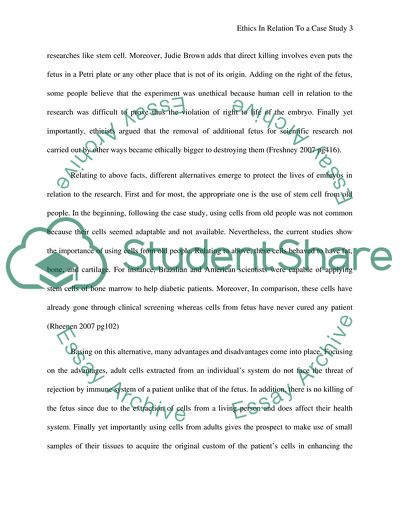Cite this document
(Ethics in Medicine Case Study Example | Topics and Well Written Essays - 2250 words, n.d.)
Ethics in Medicine Case Study Example | Topics and Well Written Essays - 2250 words. Retrieved from https://studentshare.org/health-sciences-medicine/1813321-ethics-case-study
Ethics in Medicine Case Study Example | Topics and Well Written Essays - 2250 words. Retrieved from https://studentshare.org/health-sciences-medicine/1813321-ethics-case-study
(Ethics in Medicine Case Study Example | Topics and Well Written Essays - 2250 Words)
Ethics in Medicine Case Study Example | Topics and Well Written Essays - 2250 Words. https://studentshare.org/health-sciences-medicine/1813321-ethics-case-study.
Ethics in Medicine Case Study Example | Topics and Well Written Essays - 2250 Words. https://studentshare.org/health-sciences-medicine/1813321-ethics-case-study.
“Ethics in Medicine Case Study Example | Topics and Well Written Essays - 2250 Words”, n.d. https://studentshare.org/health-sciences-medicine/1813321-ethics-case-study.


